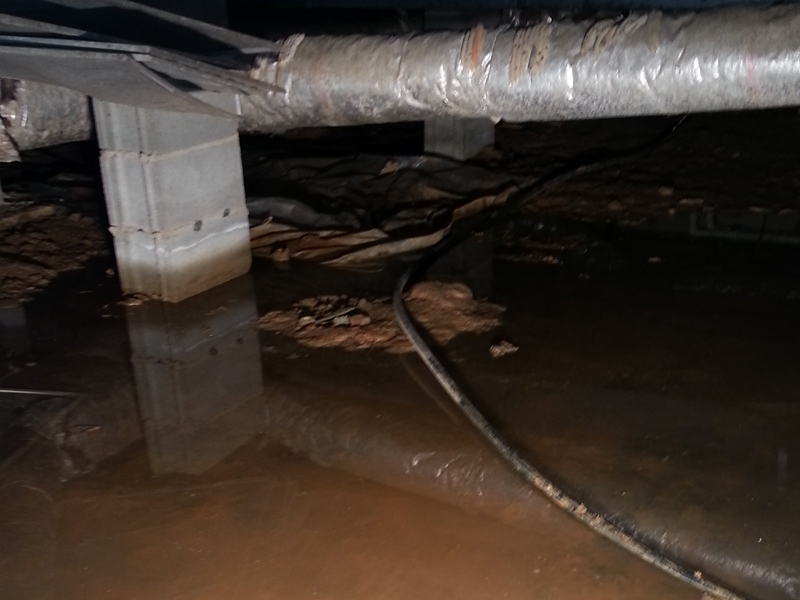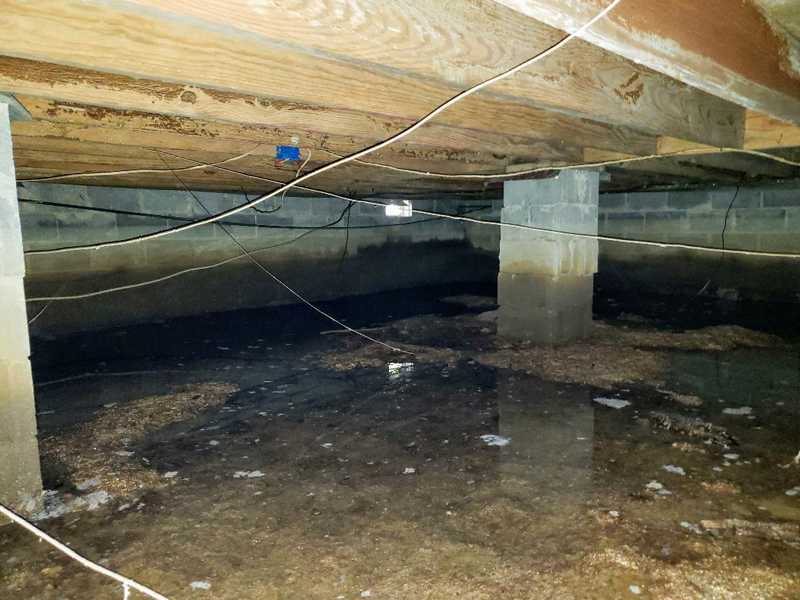The crawling space is essentially a hollow area between the ground and the first floor of some residential buildings. It is usually about 1 foot to 3 feet high. As its name implies, it is high enough for people to climb in. Houses/buildings with crawling space are common.
Unless the house is lifted from the ground, a crawling space is a very simple and inconspicuous place, usually used to accommodate the "internal organs" of the house, such as air conditioning and heating, insulation materials, pipes, and wires. Because the crawling space has a storage function and the invisible function, the crawling space has some advantages compared with the solid concrete foundation or the basement.
1. Keep ventilated
Proper ventilation is crucial for drying the house, preventing mildew, and protecting the integrity of the house, let alone for people's health.
If there is no ventilation solution, the crawling space may have a "stacking effect", which is, moisture moves up from the ground through the floor cracks to the home.
The wet crawling space needs air vents to avoid becoming a breeding ground for mold, fungi, termites, and even rodents on the wall.
To ventilate the crawling space, you must install a vent to draw air from outside through the HVAC system and an exhaust fan to move the air from the inside of the crawling space to the outside.
2. Install a dehumidifier
If your area is particularly humid, you can install a dehumidifier to combat indoor humidity and help it dry. A compact crawl space dehumidifier can prevent spores, mites, mold, moisture, and decay in your home space.
3. Use insulating materials
Adding insulation to the crawl space can also retain the heating and cooling air in the house. In addition, since crawling spaces usually contain pipes, insulating them can ensure that pipes will not freeze in winter.
Post time: Feb-07-2023
 +86-13376814803
+86-13376814803  robert@hzhongtai.com
robert@hzhongtai.com 















